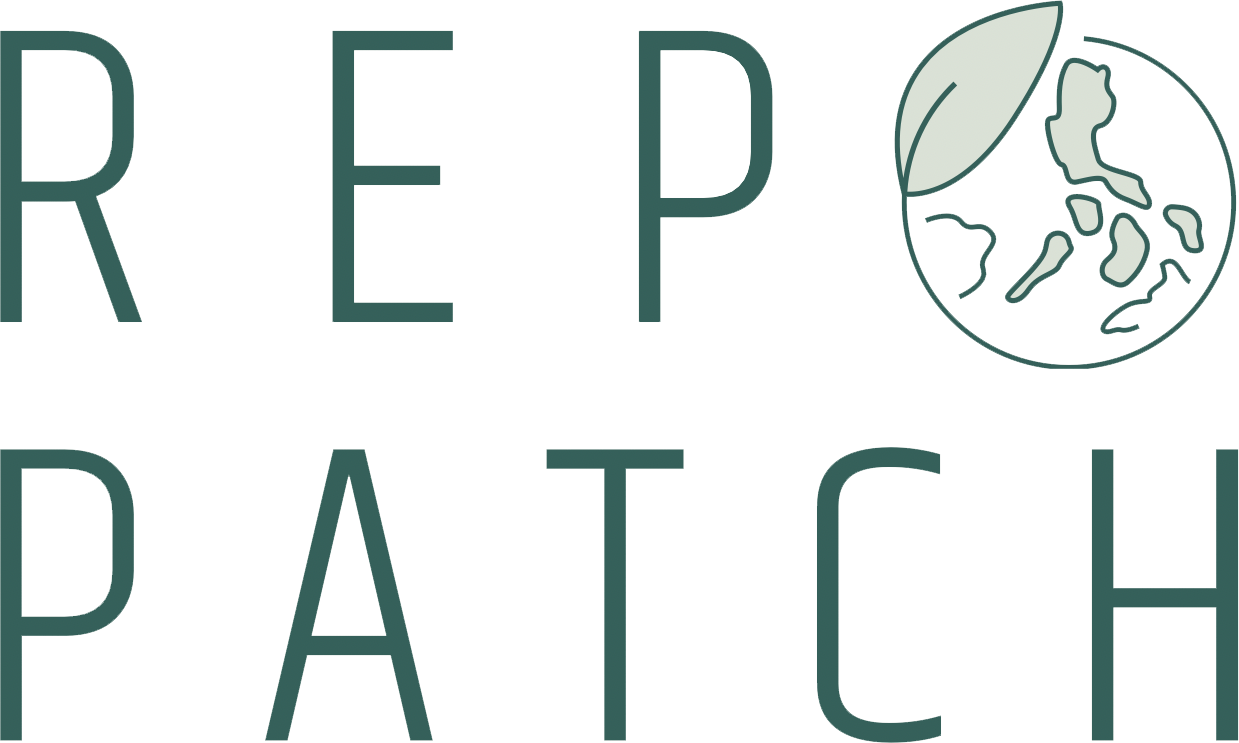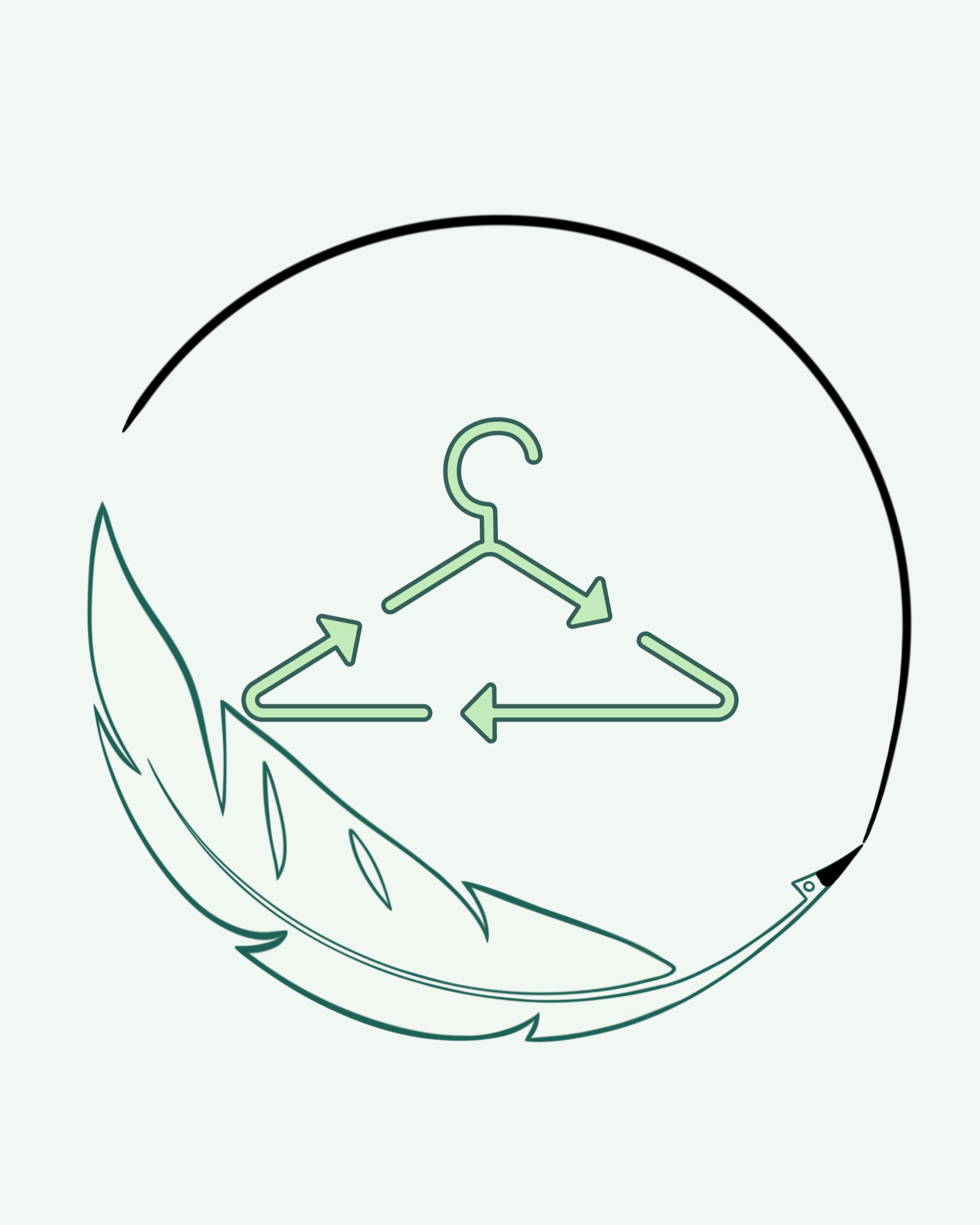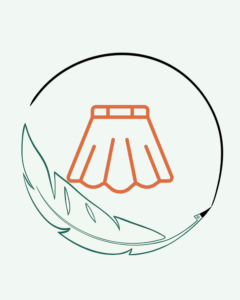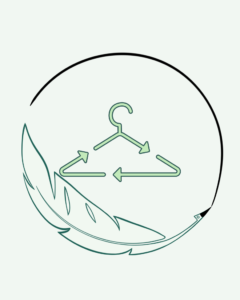The biggest reason why zero waste and upcycling is necessary in design is that today the textile industry is facing a significant global waste problem. The textile industry creates various wastes in the processes from production to reaching the consumer and these wastes are causes depletion of natural resources and environmental problems. However, a transformation in clothing design can be achieved and environmental impact can be reduced with zero waste and upcycling methods.
So what is Zero Waste?
The concept of zero waste is based on the idea of minimizing waste in the production process and completely eliminating waste through recycling or reuse. Zero waste in clothing design aims to use natural resources more efficiently and increase reuse opportunities during the design and production stages.
Material Selection and Design Process:
Choosing recyclable and environmentally friendly materials is an important step in achieving the zero waste goal. Organic cotton and biodegradable materials can be preferred. At this stage, it is important that the raw material is biodegradable.
During the design phase, modular design techniques can be used to make clothing pieces more easily disassembled and recyclable. Various studies are being carried out in this field, and we can even see the use of screw buttons specifically for denim. In this way, the button is easily removed from the product being transformed and the conversion process becomes easier.
Recycling Process:
Technological innovations and processes are being developed for the recycling of clothing waste. Sorting clothing items and reprocessing used textile fibers is important to produce new fabrics and clothing items. Recently, studies continue to increase the strength of transformed fibers with various technologies.
Reuse and Renewal:
To ensure the longevity of clothes, correct washing and ironing processes must be applied. Worn out clothes should be encouraged to be repaired by various methods. Repairing or otherwise reusing worn or damaged clothing can reduce the amount of waste.
Digital Design and Production Technologies:
Technologies such as digital design and 3D printing can reduce the amount of waste in clothing production. Pre-virtually tested designs can minimize unnecessary production and waste. In-house sample production is considered post-process waste. Since these sample wastes are produced as a single product instead of a mass production, it causes serious loss of effort, energy and time both during and after production, and the amount of sample wastes takes up a significant place among textile wastes. For this reason, designs are prepared in digital environments and presented to the customer; It completely eliminates sample production and waste processes.
Advantages of Zero Waste and Upcycling
It reduces environmental impact and contributes to the protection of natural resources.
It frees up landfills by reducing the amount of waste.
It provides economic benefits by encouraging reuse and recycling.
It contributes to the promotion of innovation and technological developments.
Zero waste and upcycling methods in clothing design could be an important step towards reducing the environmental impact of the fashion industry. As designers, producers and consumers; By adopting sustainable fashion and supporting these methods, we can play an important role in creating a more livable world for future generations.







